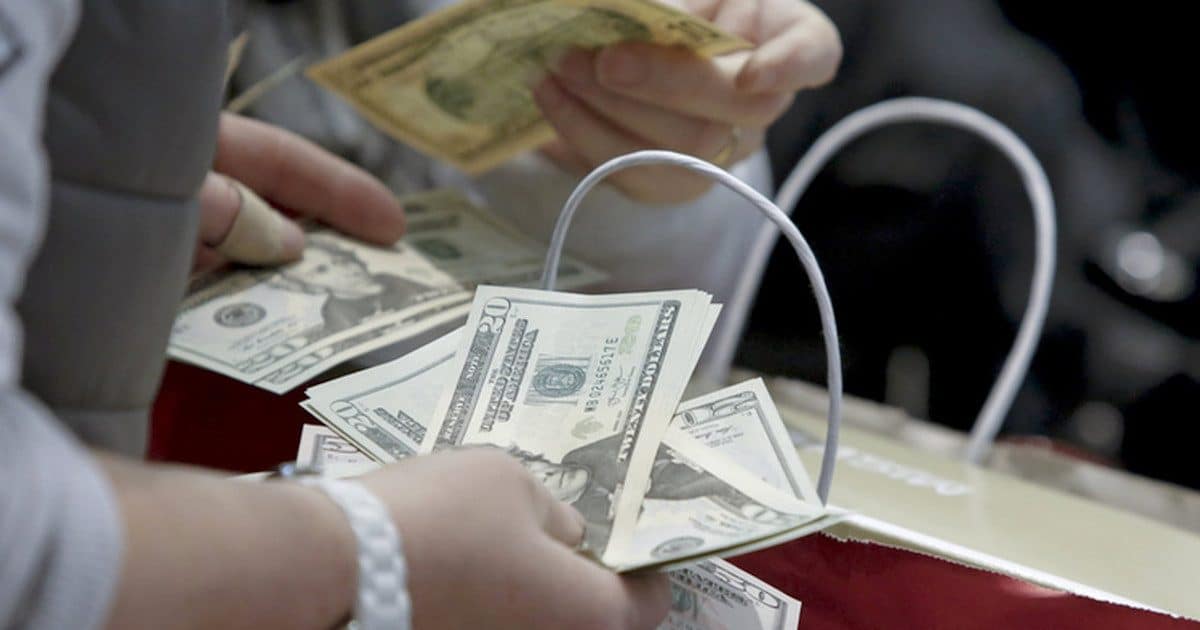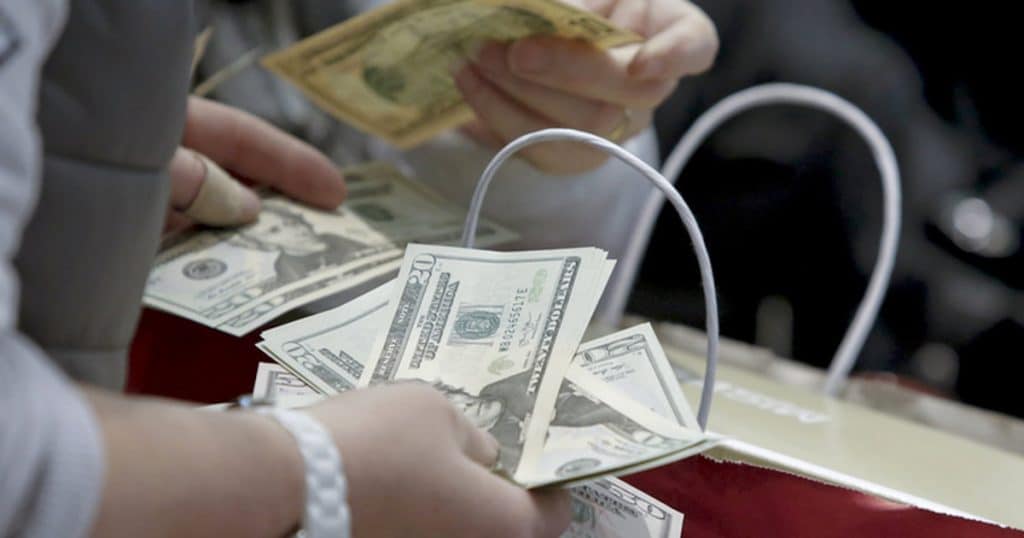

The Bureau of Economic Analysis (BEA) personal income and outlays report was a mixed bag for February, as gains in wages and salaries were partially offset by declines in interest income.
Personal income increased $42.0 billion (0.2%) in February, while disposable personal income (DPI) also gained by 0.2%, or $31.3 billion.
The consensus forecast was 0.2%, ranging from a low of 0.1% to a high of 0.4%. Real DPI is unavailable for February.
As previously mentioned, the increase in personal income for February reflected gains in wages and salaries, the largest component. But government social benefits to persons and proprietors’ income also rose.
Those gains were partially offset by a decrease in personal interest income.
Personal income rose $179.0 billion (1.0%) in December before declining $23.8 billion (-0.1%) in January. Personal saving was $1.19 trillion in January and the personal saving rate–or, personal saving as a percentage of disposable personal income–was 7.5%.
DPI decreased $34.9 billion (-0.2%), and personal consumption expenditures (PCE) increased $8.6 billion (0.1%).
2018 Personal Income and Outlays
Personal income rose solidly by 4.5% in 2018, compared with a gain of 4.4% in 2017. DPI increased 5.0% in 2018 compared with a 4.4% gain in 2017. In 2018, PCE increased 4.7%, compared with an increase of 4.3% in 2017.
Real DPI increased 2.9% in 2018, compared with an increase of 2.6% in 2017. In 2018, real PCE increased 2.6%, compared with an increase of 2.5% in 2017.




